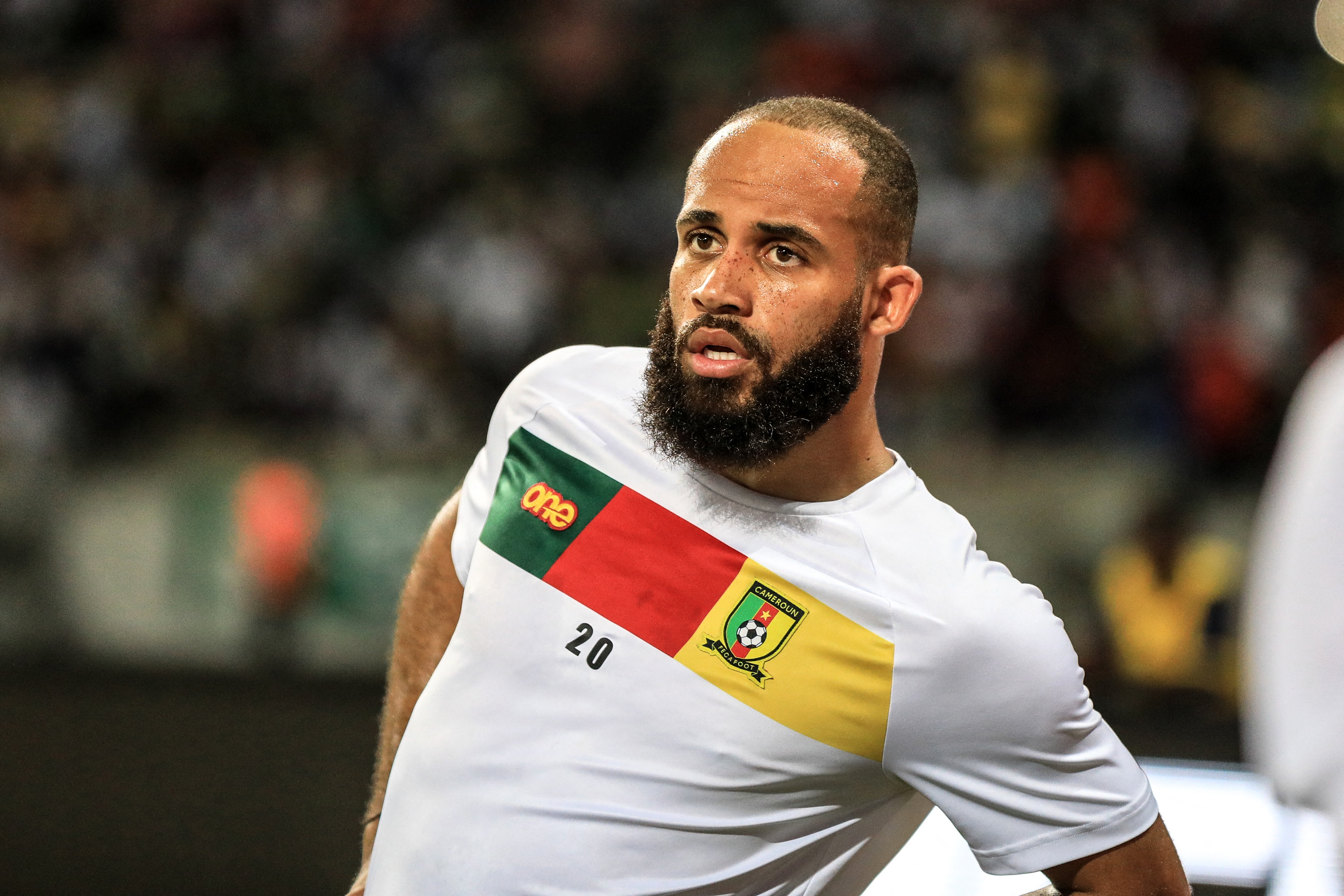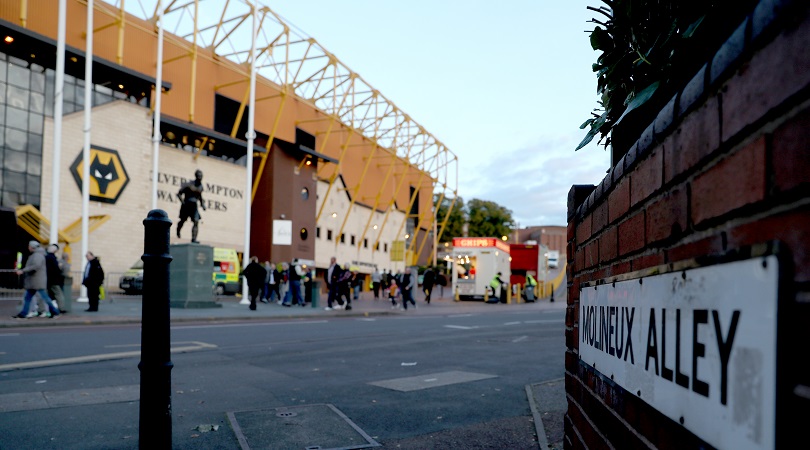
Weird stadium names
Road, Lane and Park are commonly used as part of a football ground’s name – so far, so normal. Nothing wrong with them. Some clubs, however, plump for more unconventional appellations which are often harder to make sense of.
Through sponsorship, tittersome foreignness and various other means there are plenty to choose from. In this slideshow, we pick out some of the strangest stadium names in the world...
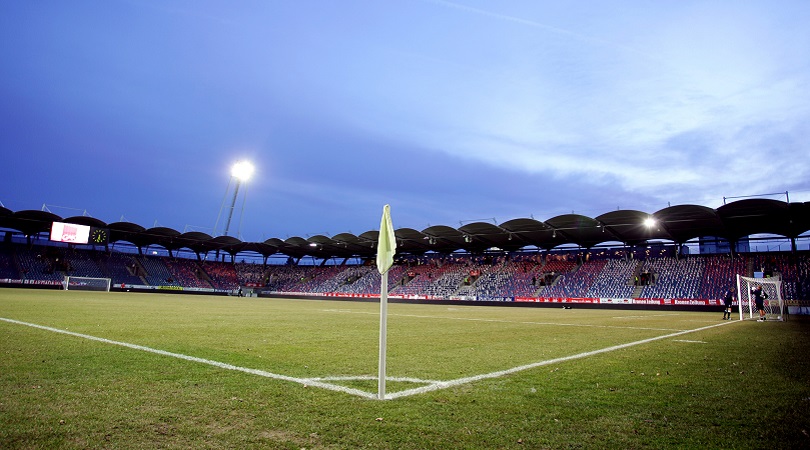
Arnold Schwarzenegger Stadium, Graz
Arnie was born in Graz, and began pumping iron as a 15-year-old Austrian weed. His subsequent career projection meant his little hometown became as puffed with pride as the Austrian Oak’s glutes.
In 1997, they decided to christen Sturm Graz’s new home after him – and it looked like he’d finally be immortalised. But in December 2005, the Guv’nor refused to use his gubernatorial powers to prevent the execution of LA gang leader Stanley “Tookie” Williams. Anti-death penalty Austrian politicians objected, the stadium lettering was removed, and Arnie returned the “ring of honour” the city had awarded him. It’s now the boring old UPC-Arena.
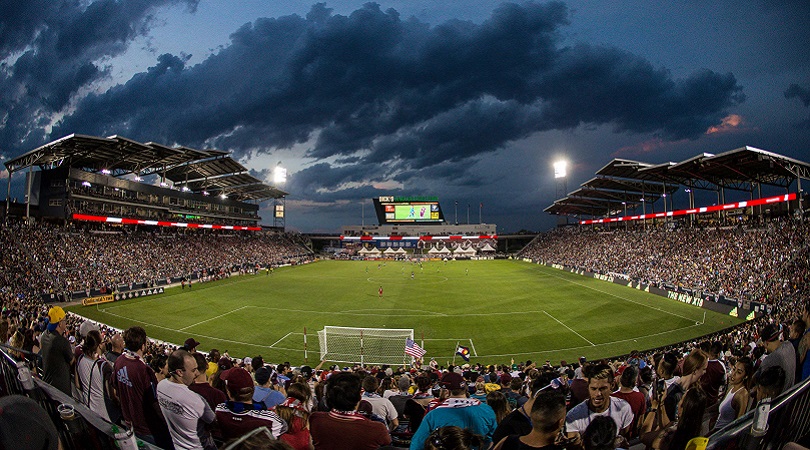
Dick’s Sporting Goods Park, Colorado
As with most things sponsorship-based, the Americans are miles ahead when it comes to stadium naming rights. Steven Gerrard swapped Anfield for the Stubhub Centre, home of LA Galaxy (now known as Dignity Health Sports Park), Houston Dynamo trot out at the BBVA Compass Stadium, and FC Dallas once played at Pizza Hut Park (now the slightly less awful Toyota Stadium).
The clear winner here, however, is the Colorado Rapids’ field – Dick’s Sporting Goods Park. Dick’s is a whopping chain store founded in 1948, with 610 stores nationwide – a kind of American Sports Direct, with Dick Stack in the Mike Ashley role. Many fans refer to it simply as “The Dick”.
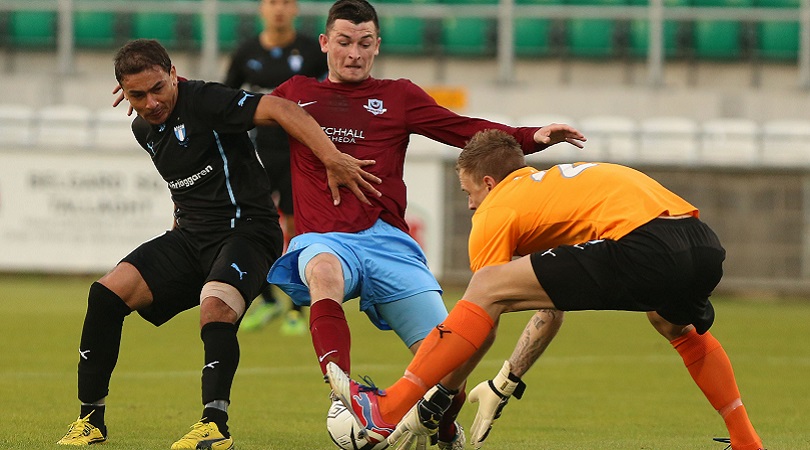
Hunky Dorys Park, Drogheda United
Once thought of as the Manchester City of the Irish League – thanks to a cash-splashing spree that helped them win the league in 2007 – the Drogs found themselves in administration a year later (it’s called ‘examinership’ over the Irish Sea), and went both bankrupt and part-time.
The club was saved, but had to swallow the indignity of their far-from-hunky-dory situation leading them to rename United Park after a crisp manufacturer of that name – Ireland’s no.1 maker of crinkle cut, apparently. After a stint as 'O2 Park' it's now back to plain old 'United'.
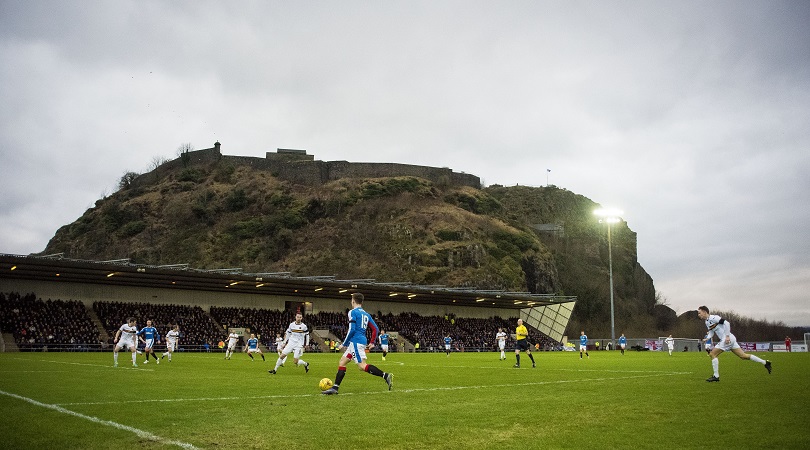
The C&G Systems Stadium, Dumbarton
Scotland’s fourth-oldest club has got a lovely home next door to Dumbarton Castle, which is situated on a 204ft volcanic rock plug and dates back to before the Iron Age. Fans of The Sons have had to endure a raft of name changes, though, including the ‘Strathclyde Homes stadium’, ‘Dumbarton football stadium’, ‘Dumbarton football stadium sponsored by DL Cameron’, ‘BetButler stadium’, ‘Cheaper Insurance Direct’, and now ‘The C&G Systems’.
Sensibly and stoically, locals just called it ‘The Rock’. Watch this space for Dumbarton’s next trick – who knows what they’ve got in store.

Middelfart Stadium, Denmark
Birthplace of Christian Eriksen, Middelfart is a surname as mundane as Smith back in Scandinavia, but naturally appeals to those of us simple-minded enough to find the Wankdorf Stadium amusing; there was once a reputed Danish banker called Fanny Middelfart working in London, who had to run the gauntlet of sniggering co-workers.
They’d no doubt have a field day with the fact that Middelfart FC, from the town of Middelfart, play at the Middelfart Stadium in the Danish second division.
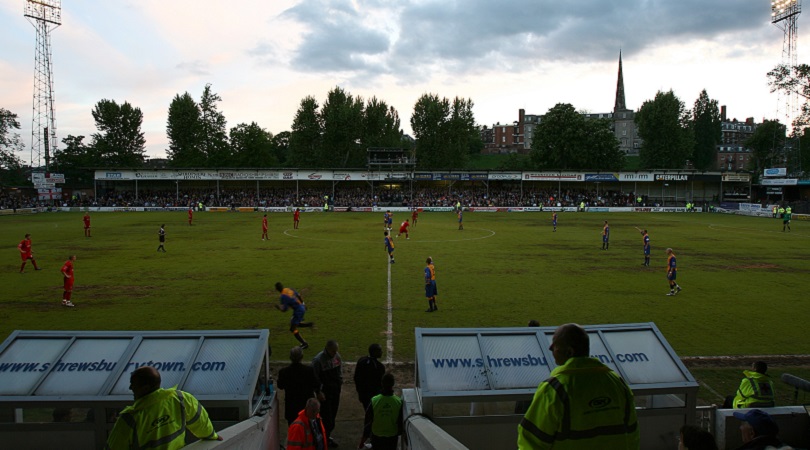
Gay Meadow, Shrewsbury
Let’s keep homophobia out of football here: Shrewsbury’s old home was indeed built on a pretty former meadow, where fairs and carnivals brought forth gaiety in the old sense of the word – and eventually led to the least-threatening sounding football ground moniker in England.
Gay Meadow was a beautifully picturesque traditional stadium, where one could wistfully watch a bloke in a coracle fishing wayward shots out of the river Severn. But modernity eventually caught up with the Shrews, who moved to Greenhous Meadow in 2007.
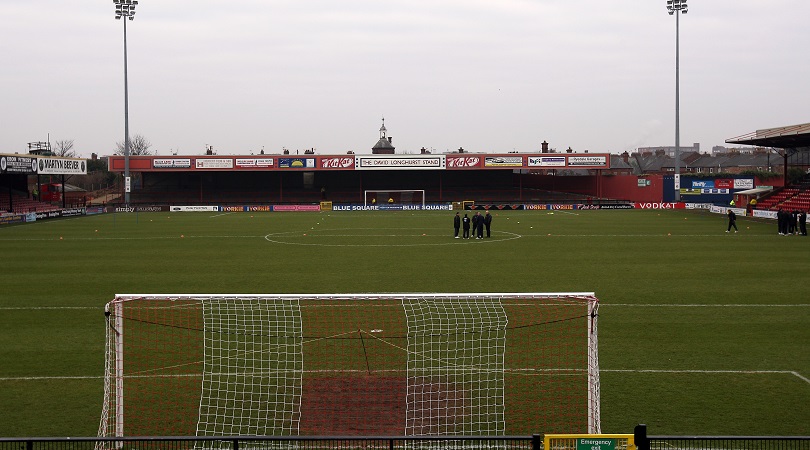
KitKat Crescent, York
There’s something inoffensively British about both KitKats – the snappable four-fingered snacking juggernaut that feels less decadent than a proper chocolate bar, but more luxurious than a plain bickie with your 10.58am cuppa – and crescents, a pleasantly curving street format.
But times change: cuddly Rowntree’s of York sold manufacturing rights to the foil-encased treat to Swiss giant Nestlé, and in 2005 York’s 82-year-old Bootham Crescent was rebranded after elevenses, with their mascot becoming “Yorkie the Lion” after another of Nestlé’s products to boot.
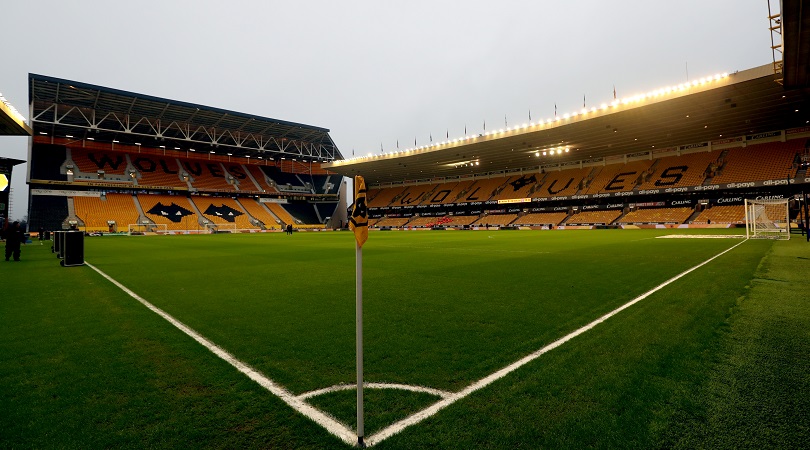
Molineux, Wolverhampton
Familiarity has bred immunity to the wonderfully enigmatic moniker of Wolves’ home. Many a young scholar of the game will have paused amid the boring old Victoria Grounds and Vicarage Roads, and marvelled at Molineux. What can it mean? How is it pronounced? And why does it sound like the name of a high-end chocolatier?
The truth is, it’s not much different to a modern-day Madejski: Benjamin Molineux was a Midlands merchant who in the 1740s bought the land upon which the stadium would eventually be built.
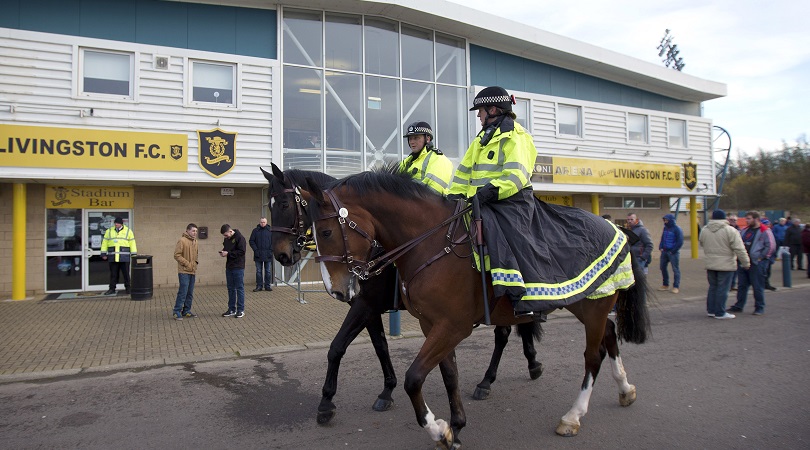
Tony Macaroni Arena, Livingston
There are elements of the rampant commercialisation of football that most fans grudgingly accept: gruelling pre-season tours to appease Asian-based Official Noodle Partners; dog silhouettes waddling across electronic ad billboards, distracting you from the action; and – on the whole – stadium naming rights.
Occasionally, though, a group of men in suits hand over a sum of money to another, more desperate group of men in suits – and the result belittles a once-proud sporting venue. The Lothian seat of Almondvale becoming the Tony Macaroni Arena is surely this phenomenon’s nadir: it’s a pathetic name for a chain of Italian restaurants, and for a football stadium is simply unbearable.

Wankdorf, Bern
There’s no Swiss equivalent of Viz, and you suspect the strait-laced natives don’t spend much time giggling about masturbation – perhaps that’s why they’re a super-rich nation with terrifyingly efficient public transport and spotlessly clean streets.
Wankdorf doesn’t mean anything funny in German, but the fact that the 32,000-capacity ground is also home to BSC Young Boys has made the place irresistible to British journalists – resulting in perhaps the Sistine Chapel of immature headlines, from ESPN in 2005: “Young Boys Wankdorf erection relief”.
Greg Lea is a freelance football journalist who's filled in wherever FourFourTwo needs him since 2014. He became a Crystal Palace fan after watching a 1-0 loss to Port Vale in 1998, and once got on the scoresheet in a primary school game against Wilfried Zaha's Whitehorse Manor (an own goal in an 8-0 defeat).

